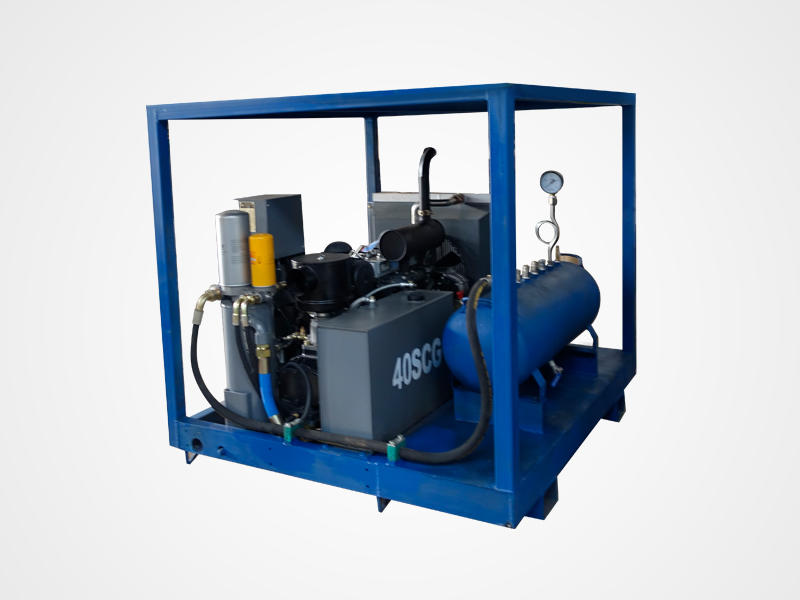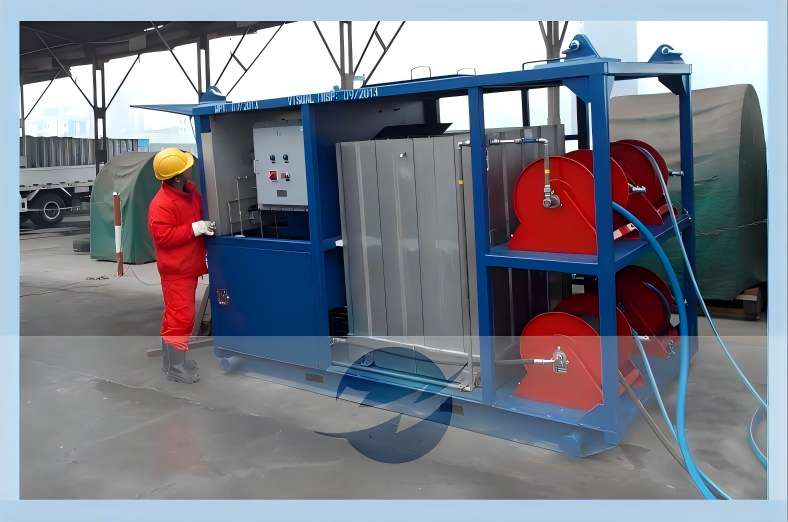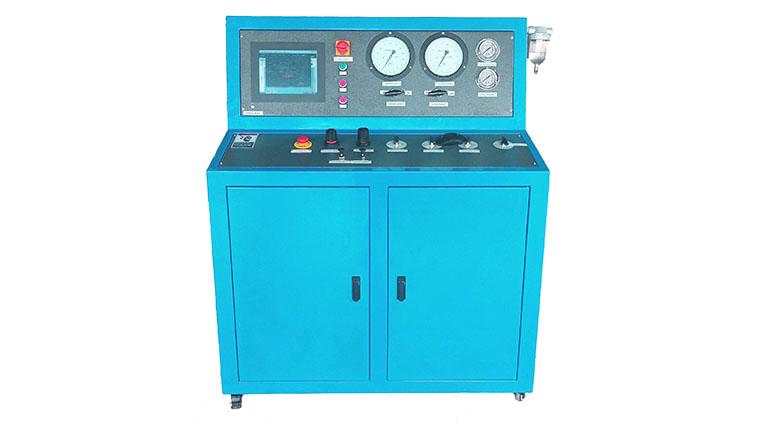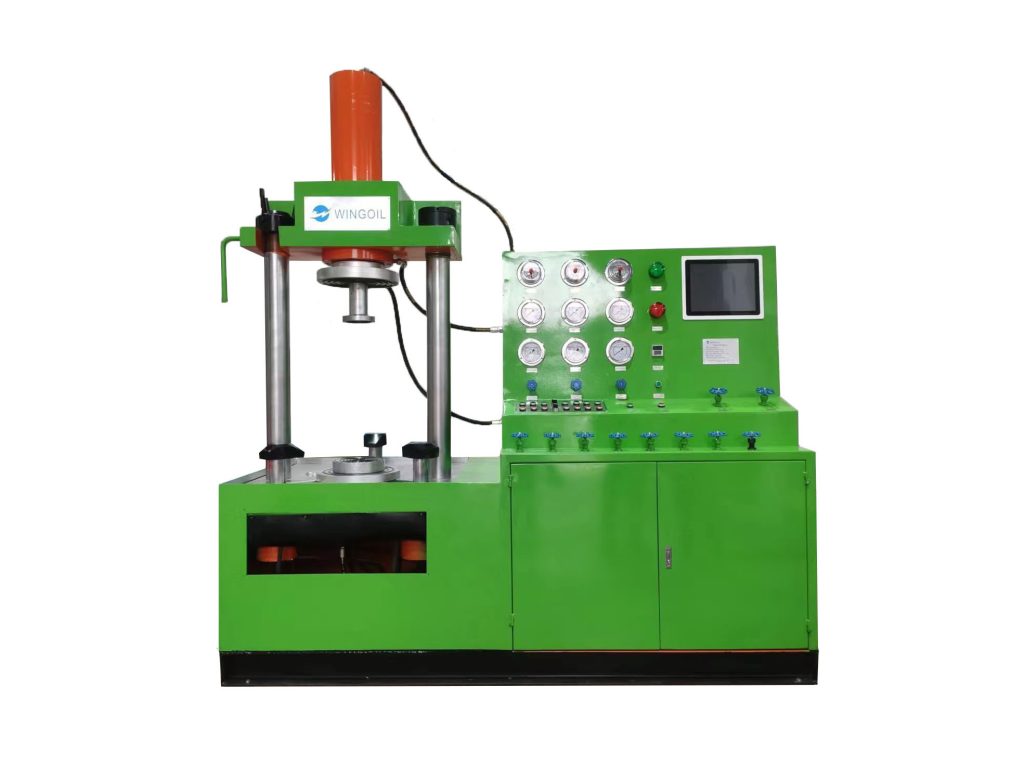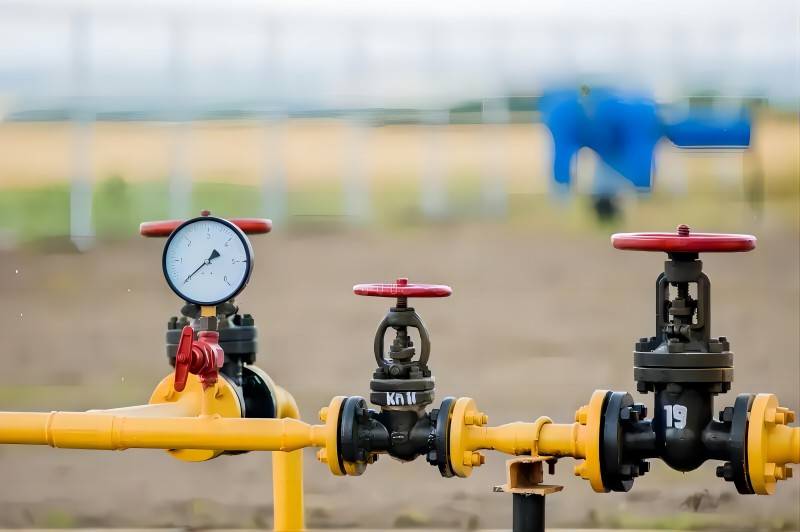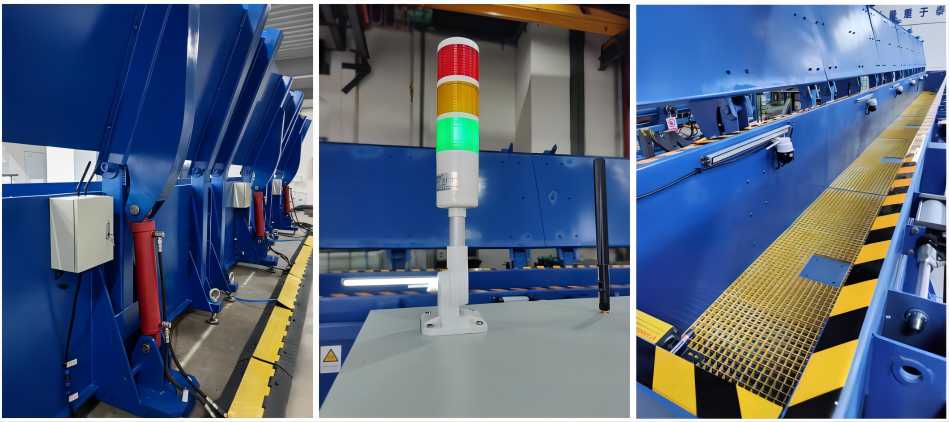High-Pressure Hose Testing Equipment for Oil and Gas Pipelines
In the oil and gas industry, high-pressure hoses play a critical role in the transportation of petroleum, natural gas, and other hazardous materials. These hoses must withstand extreme conditions, including high pressure, fluctuating temperatures, and exposure to corrosive substances. Any failure in these hoses could lead to catastrophic consequences, including environmental damage, financial loss, and safety hazards for workers.
To ensure the durability and reliability of high-pressure hoses, specialized testing equipment is used to evaluate their performance under simulated real-world conditions. These tests assess the hose’s ability to withstand pressure, fatigue, bending, and temperature variations. This article explores the different types of high-pressure hose testing equipment, their key features, and their importance in ensuring operational safety and efficiency in the oil and gas sector.
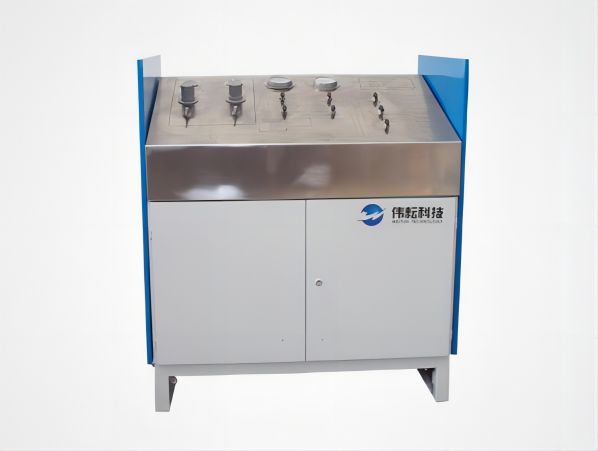
Main Types of Testing Equipment for High-Pressure Hose in Gas and Oil Pipelines
Testing equipment for high-pressure hoses is designed to evaluate specific performance parameters such as pressure endurance, fatigue resistance, leak prevention, and material durability. The following are the primary types of testing equipment used in the oil and gas industry:
1. High-Pressure Endurance Testing Equipment
This equipment evaluates a hose’s ability to withstand extreme pressures without rupture or leakage. It ensures that the hose meets regulatory safety standards before being deployed in the field.
Features:
- Pressure range typically spans from tens to hundreds of megapascals (MPa).
- Equipped with high-precision pressure sensors and data logging systems.
- Capable of both static and dynamic pressure testing.
- Ensures that hoses maintain structural integrity under prolonged exposure to high pressure.
This type of testing is crucial for verifying that hoses meet the safety requirements for oil and gas transportation.
2. Pulse Testing Machine
Simulates real-world pressure fluctuations to test the fatigue resistance of hoses over time. Hoses in oil and gas applications often experience cyclical pressure changes, making this test crucial for long-term durability assessment.
Features:
- Adjustable pressure cycle frequency, ranging from several to dozens of cycles per minute.
- Long test duration, simulating thousands to tens of thousands of operational cycles.
- Evaluates the endurance of hoses under alternating pressure conditions.
- Helps predict service life and prevents premature failures.
By conducting pulse testing, manufacturers can ensure that hoses maintain their structural integrity even under repeated stress.
3. Burst Testing Machine
Determines the maximum pressure that a hose can endure before bursting. This test ensures that the hose’s failure point is well beyond its normal operating pressure, providing a safety margin.
Features:
- Applies gradually increasing pressure until the hose ruptures.
- Records burst pressure values to verify compliance with industry standards.
- Identifies weak points in hose construction, helping manufacturers improve design and materials.
This test is especially useful for ensuring that hoses used in critical applications, such as offshore drilling and high-pressure gas transport, can handle extreme conditions without unexpected failure.
4. Leak Testing Equipment
Ensures that hoses are airtight and do not leak under high pressure. Leakage can lead to hazardous gas emissions or fluid loss, posing significant risks.
Features:
- Can be used for gas or liquid media testing.
- High-sensitivity detection ensures even microscopic leaks are identified.
- Essential for verifying the safety of hoses used in natural gas transportation.
Leak testing is a crucial step in the quality assurance process, as even minor leaks can lead to significant safety risks and operational inefficiencies.
5. Bending Testing Machine
Assesses a hose’s ability to maintain pressure resistance while being bent. Hoses are often installed in constrained spaces and subjected to bending forces, making this test crucial for real-world applications.
Features:
- Simulates bending conditions during installation and use.
- Can be integrated with pressure testing to analyze performance under combined stress.
- Helps determine flexibility and structural stability in confined environments.
This type of testing is particularly relevant for hoses used in offshore environments, where they must flex and move with waves and currents.
6. Temperature Testing Equipment
Tests hose performance under extreme temperature conditions, ensuring functionality in harsh environments.
Features:
- Simulates extreme temperatures from -50°C to 150°C or higher.
- Evaluates material resistance to thermal expansion, contraction, and degradation.
- Ensures reliability for hoses used in offshore, Arctic, or desert conditions.
Since oil and gas pipelines often operate in extreme weather conditions, temperature resistance is a key factor in hose design and manufacturing.
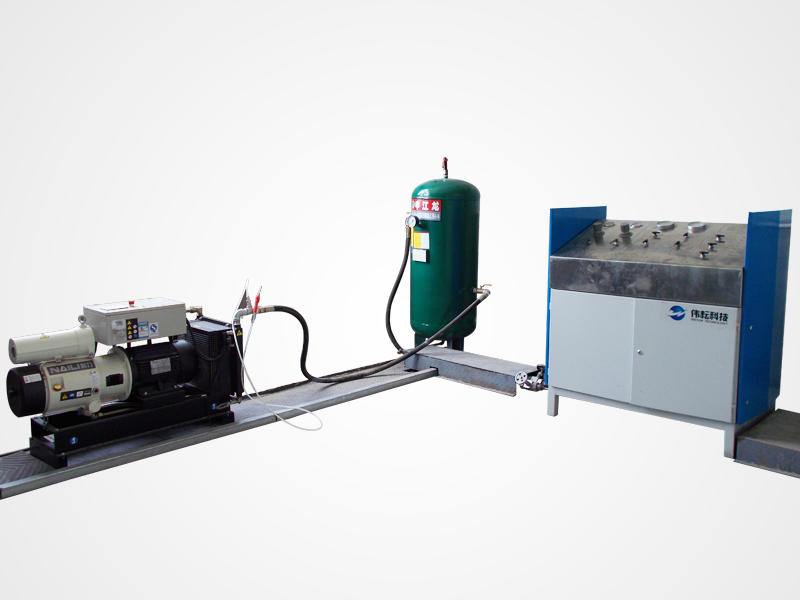
Key Performance Requirements for High-pressure Hose Testing Equipment
For testing equipment to provide accurate and reliable results, it must meet the following performance standards:
1. High-Pressure Range
- Oil and gas transport hoses typically operate under extreme pressure.
- Testing equipment must evaluate pressures up to at least 1.5 times the hose’s normal operating pressure.
2. Corrosion Resistance
- Exposure to crude oil, natural gas, and other chemicals necessitates corrosion-resistant materials in testing equipment.
- Stainless steel and specialized coatings help prevent damage from corrosive substances.
3. High Precision and Stability
- Advanced sensors and control systems ensure consistent test results.
- Automated data recording minimizes human error and improves reliability.
4. Automation and Efficiency
- Automated testing systems increase throughput and efficiency in high-volume manufacturing.
- Reduces the risk of operator error, leading to more consistent quality assurance.
5. Safety Features
- Overpressure protection systems prevent accidents during testing.
- Emergency shutdown mechanisms ensure operator safety.
- Safety valves and shielding enclosures reduce the risk of exposure to high-pressure failures.
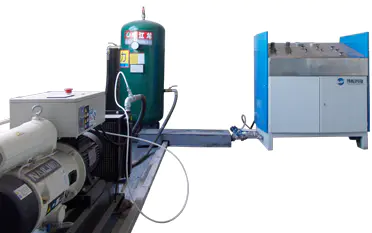
Applications of High-pressure Hose Testing Equipment in Gas and Oil Pipelines
High-pressure hose testing equipment plays a critical role in ensuring the safety, reliability, and efficiency of oil and gas transportation systems. Below are the primary applications of high-pressure hose testing equipment in different sectors of the oil and gas industry.
1. Oil Transportation Hoses
Oil transportation hoses are used in the transfer of crude oil, refined petroleum products, and other hydrocarbon-based substances between processing facilities, storage tanks, and transportation vehicles (such as tankers and pipelines). These hoses must withstand extreme conditions, including high pressure, elevated temperatures, and exposure to aggressive chemicals in crude oil.
Key Testing Requirements:
- Pressure Resistance Testing: Ensures that the hoses can handle the maximum operating pressure without rupturing. Testing is often conducted at 1.5 times the rated pressure to establish a safety margin.
- Temperature Resistance Testing: Since oil transportation may involve high-temperature fluids, hoses are tested to confirm their durability under heat stress (e.g., up to 150°C or higher).
- Burst and Fatigue Testing: Simulates the long-term stress caused by continuous oil flow and pressure fluctuations to prevent premature failures.
- Leak Detection: Ensures that no oil leaks occur, which could lead to environmental contamination or fire hazards.
By undergoing these rigorous tests, oil transportation hoses can be certified for safe operation, minimizing the risks of spills, leaks, or structural failures during use.
2. Natural Gas Transportation Hoses
Natural gas is transported under high pressure in both onshore and offshore pipelines, making airtightness and fatigue resistance two of the most critical performance factors for gas transport hoses. Any leakage in these hoses could lead to hazardous situations, such as gas explosions or toxic exposure.
Key Testing Requirements:
- Airtightness Testing: Uses high-precision leak detection equipment to identify even microscopic leaks in hoses, ensuring that transported gas remains contained at all times.
- Pressure Cycling (Pulse) Testing: Simulates the fluctuating pressure conditions within gas transportation systems, ensuring that the hoses can withstand repeated pressurization and depressurization cycles without fatigue failure.
- Low-Temperature Testing: Since natural gas pipelines often operate in extremely cold environments (such as Arctic regions or high-altitude locations), hoses must be tested to ensure flexibility and performance at temperatures as low as -50°C.
- Corrosion Resistance Testing: Determines the hose’s ability to resist damage from moisture, chemicals, and contaminants that may be present in the natural gas.
Testing these hoses under controlled laboratory conditions ensures that they can perform reliably in high-pressure gas networks without leaks or failures, preventing potential safety hazards.
3. Subsea Pipeline Hoses
Subsea pipeline hoses are essential for offshore oil and gas exploration, where flexible hoses connect underwater drilling rigs, floating production storage and offloading (FPSO) units, and deep-sea pipelines. These hoses operate under extreme external pressures and cold temperatures, requiring advanced testing to ensure long-term durability in harsh underwater environments.
Key Testing Requirements:
- High-Pressure Testing: Subsea hoses must endure both internal high-pressure from transported fluids and external high-pressure due to deep-sea environments (up to several hundred MPa in deep waters).
- Bending and Flexibility Testing: Since underwater currents and vessel movement can cause constant bending, hoses are tested to verify their structural integrity when flexed under pressure.
- Temperature Extremes Testing: Subsea environments often feature freezing temperatures. Hoses must maintain their flexibility and pressure resistance at low temperatures (-50°C or lower).
- Fatigue and Aging Tests: Continuous exposure to seawater, hydrocarbon fluids, and fluctuating pressures can cause material degradation. Fatigue testing simulates years of subsea operation to evaluate longevity.
- Leak Detection and Gas Permeability Testing: Ensures that no gas or oil seeps through hose walls, which could lead to environmental contamination and operational failure.
Properly tested subsea hoses ensure the reliability of offshore oil and gas operations, reducing maintenance costs and the risk of catastrophic failures in deep-water drilling environments.
4. Chemical Transport Hoses
In the oil and gas industry, specialized hoses are used to transport aggressive chemical substances, such as acids, solvents, and other hazardous fluids used in refining, drilling, and processing operations. These chemicals can be highly corrosive, posing risks to both the hose material and surrounding infrastructure.
Key Testing Requirements:
- Corrosion Resistance Testing: Exposure to acidic and corrosive substances over time can degrade hose materials. Chemical resistance testing ensures the hoses maintain their integrity when in contact with harsh fluids.
- High-Pressure and Burst Testing: Since many chemical transport hoses operate under high pressure, burst testing ensures that hoses will not fail unexpectedly during use.
- Leak and Permeation Testing: Some chemicals can gradually diffuse through hose walls, leading to loss of containment. Specialized permeation tests are conducted to ensure that hazardous chemicals remain contained within the hose.
- Mechanical Stress Testing: Assesses the hose’s ability to withstand mechanical forces such as compression, bending, and torsion without cracking or failure.
- Temperature Resistance Testing: Many chemicals are transported at extreme temperatures, either hot (above 100°C) or cold (below freezing), requiring hoses that can maintain structural integrity in these conditions.
By implementing these rigorous testing protocols, chemical transport hoses can safely handle aggressive substances without risking leaks, material degradation, or hazardous exposure.
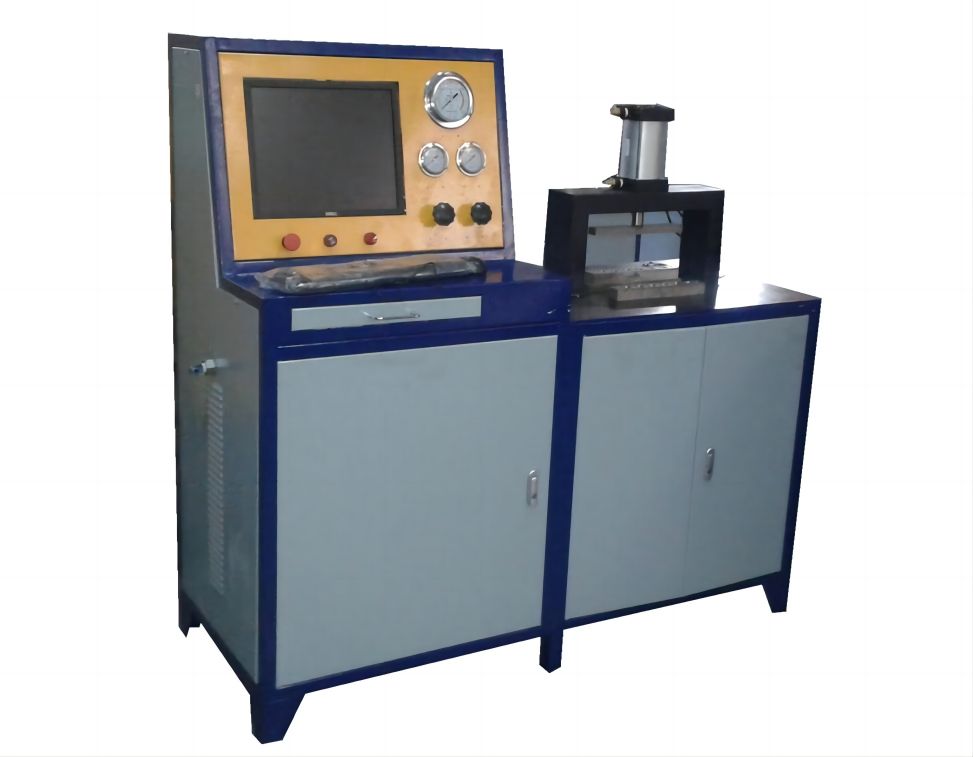
Final Thoughts
High-pressure hose testing equipment plays a critical role in ensuring the safety, reliability, and durability of hoses used in oil and gas transportation. Given the extreme conditions these hoses must endure—such as high pressures, fluctuating temperatures, and exposure to corrosive substances—rigorous testing is essential to prevent failures that could lead to hazardous leaks, environmental damage, or operational downtime.
By selecting and implementing the right testing equipment, companies in the oil and gas industry can improve overall operational safety, reduce maintenance costs, and extend the lifespan of their hose systems. As industry demands continue to evolve, further advancements in testing methodologies will be crucial in meeting regulatory requirements and ensuring the continued safe transport of oil, natural gas, and other critical resources.

